Filter by

Drawing on the Victorians : the palimpsest of Victorian and neo-Victorian gra…
Late 19th-century Britain experienced an explosion of visual print culture and a simultaneous rise in literacy across social classes. New printing technologies facilitated quick and cheap dissemination of images—illustrated books, periodicals, cartoons, comics, and ephemera—to a mass readership. This Victorian visual turn prefigured the present-day impact of the Internet on how images are p…
- Edition
- -
- ISBN/ISSN
- 9780821445877
- Collation
- XIV, 382 p.
- Series Title
- -
- Call Number
- 700.94109034 DRA d
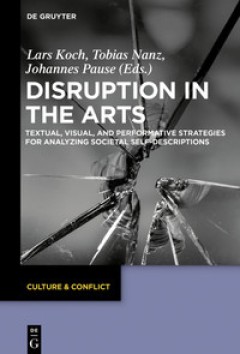
Disruption in the arts : textual, visual, and perfomative strategies for anal…
The volume examines from a comparative perspective the phenomenon of aesthetic disruption within the various arts in contemporary culture. It assumes that the political potential of contemporary art is not solely derived from presenting its audiences with openly political content, but rather from creating a space of perception and interaction using formal means: a space that makes hegemonic str…
- Edition
- -
- ISBN/ISSN
- 9783110580082
- Collation
- XVI, 382 p.
- Series Title
- Culture & Conflict, 11
- Call Number
- 700.103 DIS d
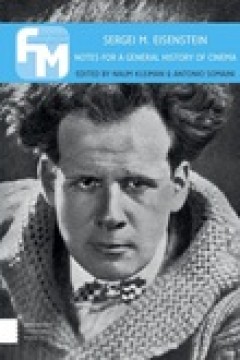
Sergei M. Eisenstein: notes for a general history of cinema
One of the iconic figures of the twentieth-century cinema, Sergei Eisenstein is best known as the director of The Battleship Potemkin, Alexander Nevskii and Ivan the Terrible. His craft as director and film editor left a distinct mark on such key figures of the Western cinema as Nicolas Roeg, Francis Ford Coppola, Sam Peckinpah and Akiro Kurosawa.This comprehensive volume of Eisenstein’s writ…
- Edition
- -
- ISBN/ISSN
- 9789089648440
- Collation
- -
- Series Title
- Film Theory in Media History
- Call Number
- 791.430233092 SER s
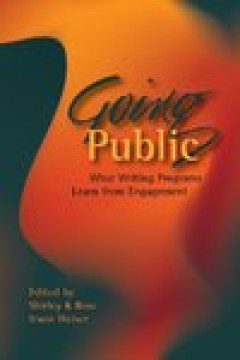
Going public : what writing programs learn from engagement
An important new resource for WPA preparation courses. In Going Public, Rose and Weiser moderate a discussion of the role of the writing program vis-a-vis the engagement movement, the service learning movement, and the current interest in public discourse/civic rhetoric among scholars of rhetoric and composition. While there have been a number of publications describing service-learning and com…
- Edition
- -
- ISBN/ISSN
- 9780874217698
- Collation
- II, 259 p.
- Series Title
- -
- Call Number
- 428.00712 ROS g
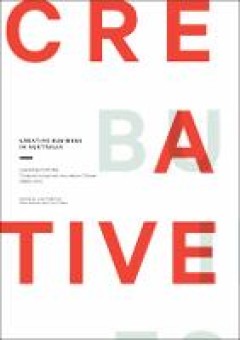
Creative business in Australia : learnings from the creative industries innov…
As the largest ever Australian government investment in creative industries development, the Creative Industries Innovation Centre delivered tailored business services to more than 1500 creative businesses from 2009 to 2015 and provided industry intelligence and advice for public policy and peak sectoral activity. This collection gives an overview of the current ‘state of business’ in Austr…
- Edition
- -
- ISBN/ISSN
- 9780992451820
- Collation
- 260 p.
- Series Title
- -
- Call Number
- 338.477 CRE c
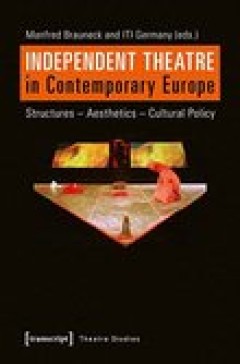
Independent theatre in contemporary Europe
Over the past 20 years European theatre underwent fundamental changes in terms of aesthetic focus, institutional structure and in its position in society. The impetus for these changes was provided by a new generation in the independent theatre scene. This book brings together studies on the state of independent theatre in different European countries, focusing on the fields of dance and perfor…
- Edition
- -
- ISBN/ISSN
- 9783837632439
- Collation
- -
- Series Title
- -
- Call Number
- 808.2 IND i
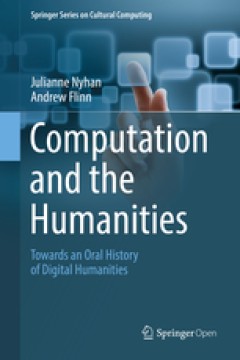
Computation and the humanities: towards an oral history of digital humanities
This book addresses the application of computing to cultural heritage and the discipline of Digital Humanities that formed around it. Digital Humanities research is transforming how the Human record can be transmitted, shaped, understood, questioned and imagined and it has been ongoing for more than 70 years. However, we have no comprehensive histories of its research trajectory or its discipli…
- Edition
- -
- ISBN/ISSN
- 9783319201696
- Collation
- 285 p.; 22 cm.
- Series Title
- Springer Series on Cultural Computing
- Call Number
- 384.648 NYH c
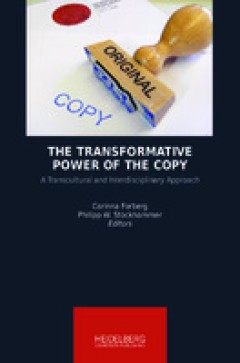
The transformative power of the copy : a transcultural and interdisciplinary …
This volume offers a fresh perspective on the copy and the practice of copying, two topics that, while the focus of much academic discussion in recent decades, have been underrepresented in the discourse on transculturality. Here, experts from a wide range of academic disciplines present their views on the copy from a transcultural perspective, seeking not to define the copy uniformly, but to r…
- Edition
- -
- ISBN/ISSN
- 9783946054153
- Collation
- VI, 407 p.
- Series Title
- Heidelberg Studies on Transculturality
- Call Number
- 300 FOR t
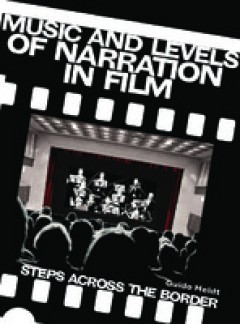
Music and levels of narration in film
This is the first book-length study of the narratology of film music, and an indispensable resource for anyone researching or studying film music or film narratology. It surveys the so far piecemeal discussion of narratological concepts in film music studies, and tries to (cautiously) systematize them, and to expand and refine them with reference to ideas from general narratology and film narra…
- Edition
- -
- ISBN/ISSN
- 9781783202096
- Collation
- X, 290 p.
- Series Title
- -
- Call Number
- 781.949 HEL m
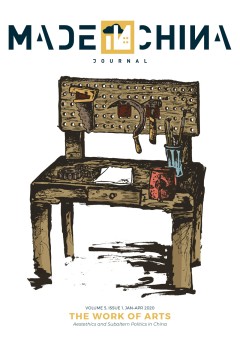
Made in China journal: volume 5, issue 1, 2020
With these words, the great Soviet poet addressed the key question of how to bring art to people and people to art in a new world in which old aristocracies, elites, and their aesthetic privileges were fading away. In the words of art theorist Boris Groys, ‘the world promised by the leaders of the October Revolution was not merely supposed to be a more just one or one that would provide great…
- Edition
- -
- ISBN/ISSN
- 22069119
- Collation
- 232p. : ill.
- Series Title
- -
- Call Number
- 951 MAD m
 Computer Science, Information & General Works
Computer Science, Information & General Works  Philosophy & Psychology
Philosophy & Psychology  Religion
Religion  Social Sciences
Social Sciences  Language
Language  Pure Science
Pure Science  Applied Sciences
Applied Sciences  Art & Recreation
Art & Recreation  Literature
Literature  History & Geography
History & Geography